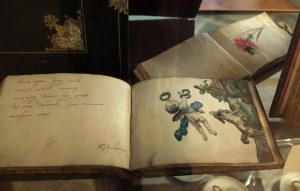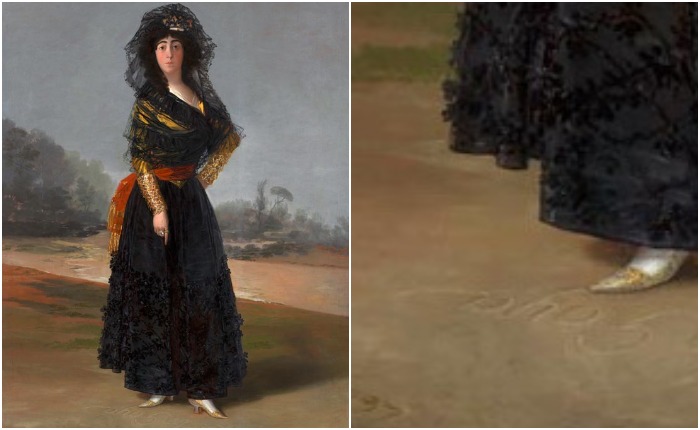mood
19th Century Girl Albums
 The young ladies of the 19th century were not so different from the modern ones: they also needed attention, recognition, evidence of sympathy from friends and, of course, a cordial secret, which was expressed in allegories and symbols – often poetic. Now social networks are used for this, then – albums, quite intimate, but not closed from other manuscript books.
The young ladies of the 19th century were not so different from the modern ones: they also needed attention, recognition, evidence of sympathy from friends and, of course, a cordial secret, which was expressed in allegories and symbols – often poetic. Now social networks are used for this, then – albums, quite intimate, but not closed from other manuscript books.
Album History
Unlike diaries closed from prying eyes, albums were created to be shown – to friends and relatives, to those who would also be asked to leave a record. The albums were filled with the “wrong hand”, but at the same time bore the imprint of the owner’s personality – it was he who determined who to include in his inner circle and whose work to keep as a keepsake. Continue reading
“Love Letter” by Jan Vermeer
 At the first glance at Jan Vermeer’s famous painting “Love Letter”, the name seems far-fetched, because the letter itself is hardly noticeable. But the lute in the hands of a woman plays a much more significant symbolic role. What does the letter contain? And what does the lute matter in the picture?
At the first glance at Jan Vermeer’s famous painting “Love Letter”, the name seems far-fetched, because the letter itself is hardly noticeable. But the lute in the hands of a woman plays a much more significant symbolic role. What does the letter contain? And what does the lute matter in the picture?
Genre painting
The paintings, which allow the observer to look at the everyday life of the depicted people, were especially popular in the XVII and XVIII centuries. They are called genre paintings, and Dutch genre art occupies an undeniable place at this stage in the history of art. A particularly popular topic was symbolism. Pictures depicting love letters can be attributed to a separate category of genre painting. Artists such as Jan Vermeer, Gabriel Metsu and Samuel van Hoogstrate have contributed to the world of art with canvases of this plot. Continue reading
GENRES IN CHINESE ART
 Traditional Chinese painting of Go-Hua is considered to be close in spirit and the tools used to calligraphy.
Traditional Chinese painting of Go-Hua is considered to be close in spirit and the tools used to calligraphy.
In China, as a carrier of color used ink tiles, which are ground with water to the desired consistency, as well as water paints with mineral and vegetable pigments.
As the basis of the picture used silk, cotton fabric, sometimes paper. For the spraying of paints use brush from bamboo and wool household or wild animals.
The color scheme of traditional Chinese painting is laconic and consists of three or four restrained colors, rich tonal transitions of one color, usually the color of black ink. The white color of the sheet or fabric creates a conditional airspace and is the actual color, not the emptiness of an unpainted field. Continue reading




